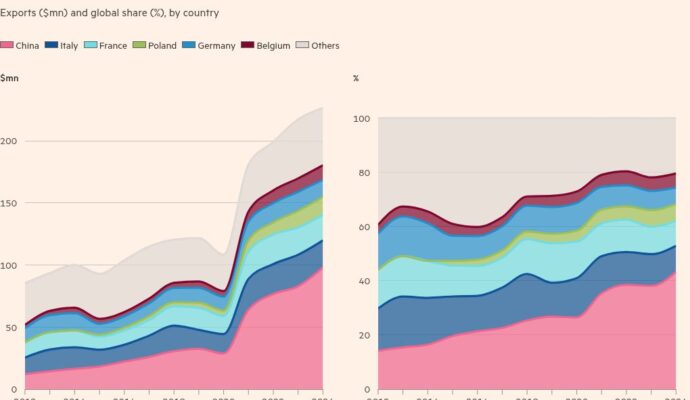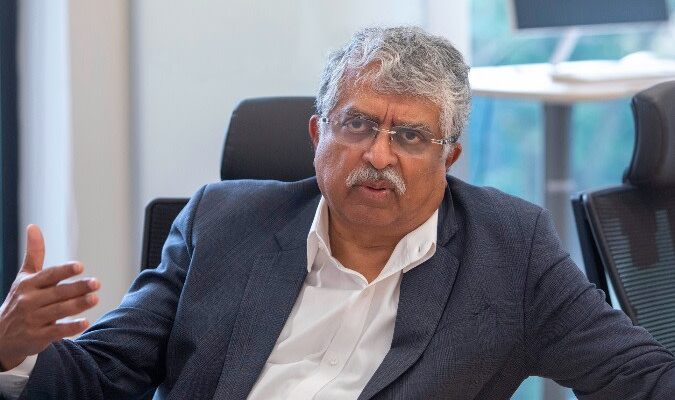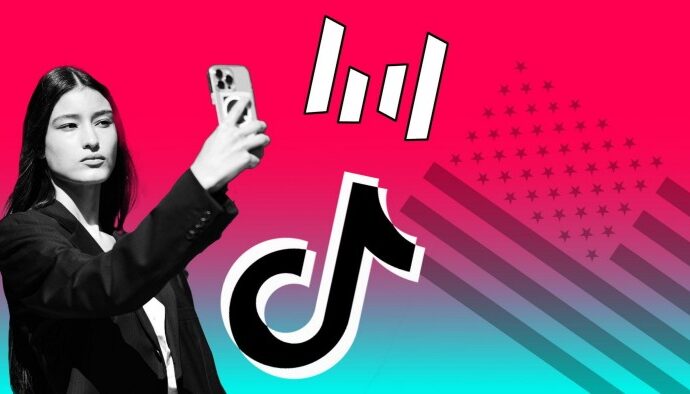Unlock the White House Watch newsletter for free
Your guide to what Trump’s second term means for Washington, business and the world
Donald Trump hailed the “great friendship” between Japan and the US as he arrived in Tokyo for talks on investment and security with the country’s new prime minister.
The US president’s visit to Japan — the second leg of an Asian tour that will culminate in a high-stakes summit with Chinese leader Xi Jinping later in the week — represents a diplomatic test for Sanae Takaichi, who took office just last week.
The country’s first female prime minister, an arch-conservative known to be hawkish on defence, is an acolyte of the late prime minister Shinzo Abe, with whom Trump enjoyed a strong relationship.
“I look forward to meeting the new prime minister. She was a great ally and friend of Abe, who was my friend,” Trump told reporters on Air Force One before landing in Tokyo.
“I know they were very close and I think philosophically they were close, which is very good. It really helps Japan and the United States.”

In an example of how she hopes to leverage the closeness of the relationship between Trump and Abe, Takaichi is expected to present the US president with a set of golf clubs that belonged to Abe, according to two people familiar with the plan.
The visit, which formally began with Trump meeting Japan’s emperor on Monday, comes after Trump imposed tariffs of 15 per cent on imports from Japan and forced its ally to commit to investing $550bn to “advance economic and security interests in the US”. The Pentagon has also pressed Tokyo to raise defence spending beyond its current planned increase.
In her first speech as prime minister last week, Takaichi vowed to boost defence spending to 2 per cent of GDP over the next six months, bringing forward the original target by more than a year, in a move that should be welcomed by Trump, who wants allies to spend more on defence.
The two leaders are scheduled to meet on Tuesday morning and are expected to sign memoranda of understanding to further co-operation in shipbuilding, artificial intelligence and other technologies. The MOUs follow an agreement between Japan and the US to reduce the tariffs on Japanese goods from a previously threatened 25 per cent.
In return, Japan pledged $550bn of investments in the US between 2025 and January 2029. This investment was always scheduled to include building more shipbuilding capacity in the US. Trump is expected to announce a deal when he gives a speech aboard the USS George Washington aircraft carrier on Tuesday at the US naval base at Yokosuka, south of Tokyo.
US commerce secretary Howard Lutnick is expected to flesh out some of those investments with pledges from Japanese companies during the visit.
As Trump arrived, the landmark Tokyo Tower was lit up in the colours of the American flag.
Welcome to Japan, @realDonaldTrump!
Looking forward to seeing you tomorrow and having a fruitful discussion on how we can further strengthen our great Alliance.Special lighting honoring President Trump’s visit is now illuminating landmarks across Tokyo!… pic.twitter.com/OOhDjJA012
— 高市早苗 (@takaichi_sanae) October 27, 2025
As well as flamboyant displays of welcome, the new administration might be considering ways to bolster the relationship by raising the amount it spends to support US military forces in Japan or signalling Tokyo and Washington’s preference for the dollar to weaken against the yen, people close to the Takaichi government said.
Zack Cooper, an Asia security expert at the American Enterprise Institute, said Tokyo needed to come up with big security ideas to appease Trump.
“President Trump prizes big deals, so Prime Minister Takaichi should be ambitious. The time for hitting singles . . . has passed. This is the moment to follow Shohei Ohtani’s lead and swing for the fences,” Cooper said in a reference to the Japanese baseball sensation playing for the Los Angeles Dodgers.
After his Japan visit, Trump will fly to South Korea for a summit of the Asia-Pacific Economic Cooperation forum, where he will meet South Korean President Lee Jae Myung on Wednesday and Xi on Thursday.
During his trip, the US is also expected to sign deals with Japan and South Korea to align regulation and standards for artificial intelligence and promote joint research and development in AI, quantum computing, 6G mobile networks and space.
Michael Kratsios, head of the White House office of science and technology policy, said the administration was “redefining American technological leadership by driving bilateral collaborative partnerships”.


